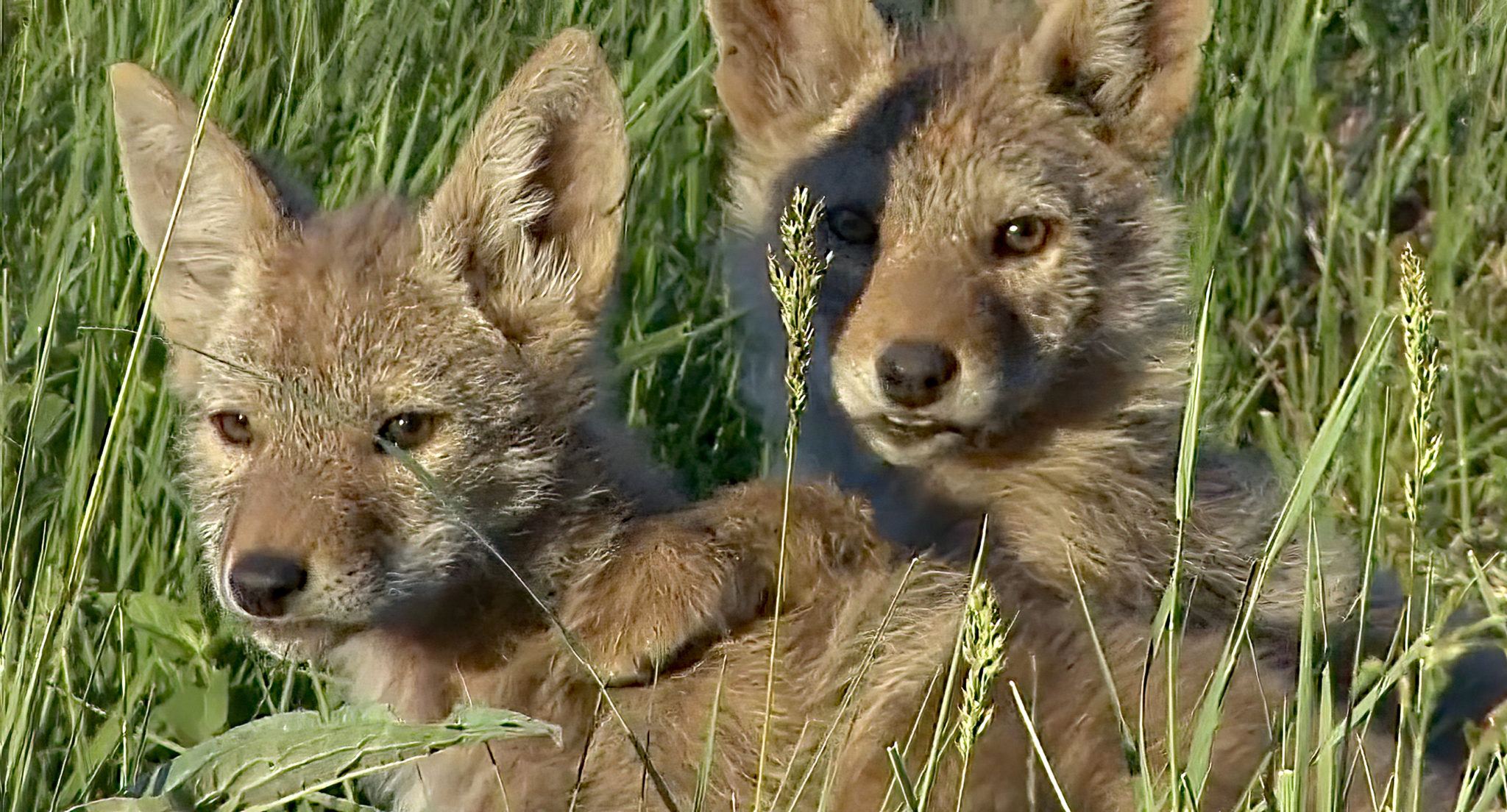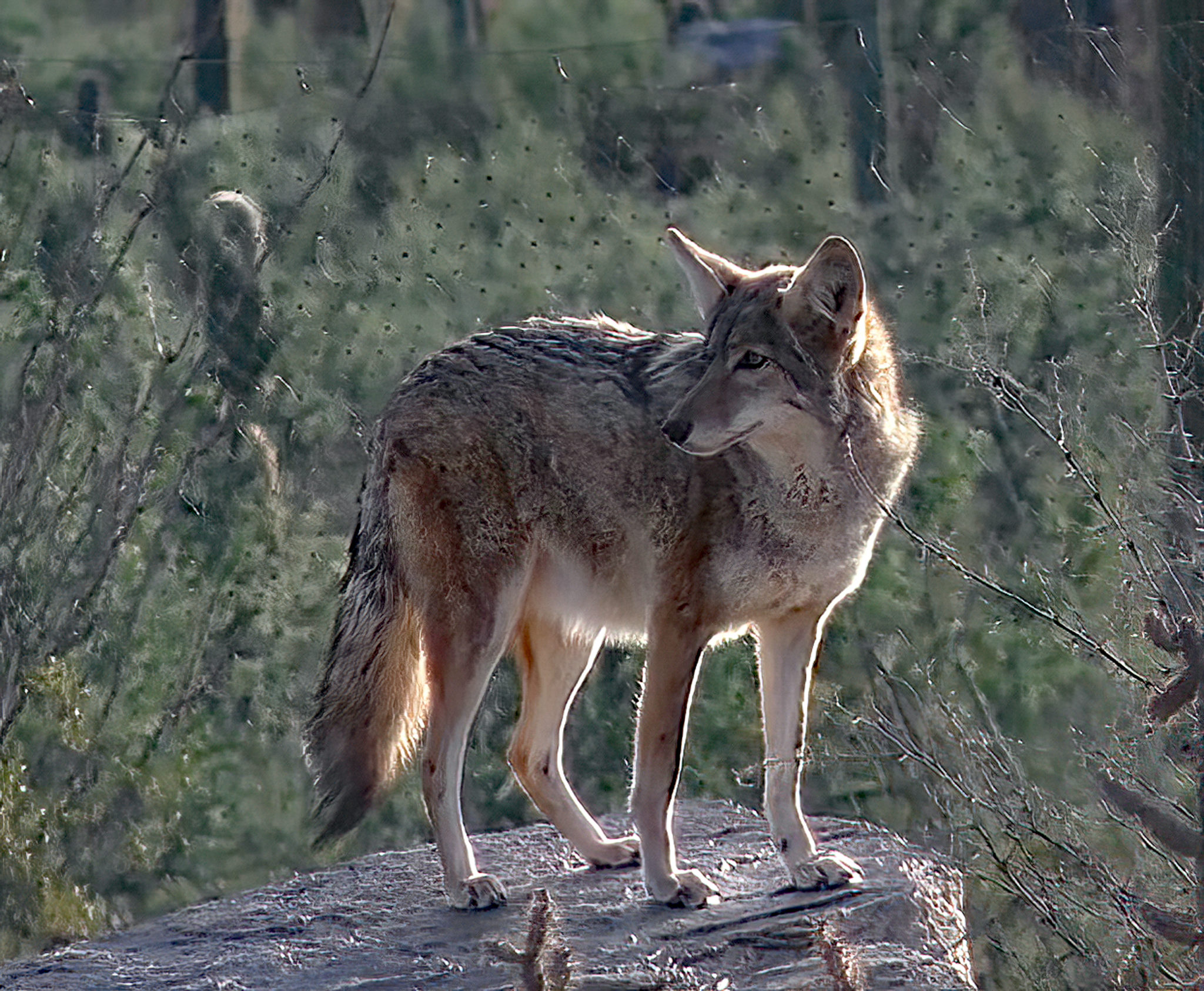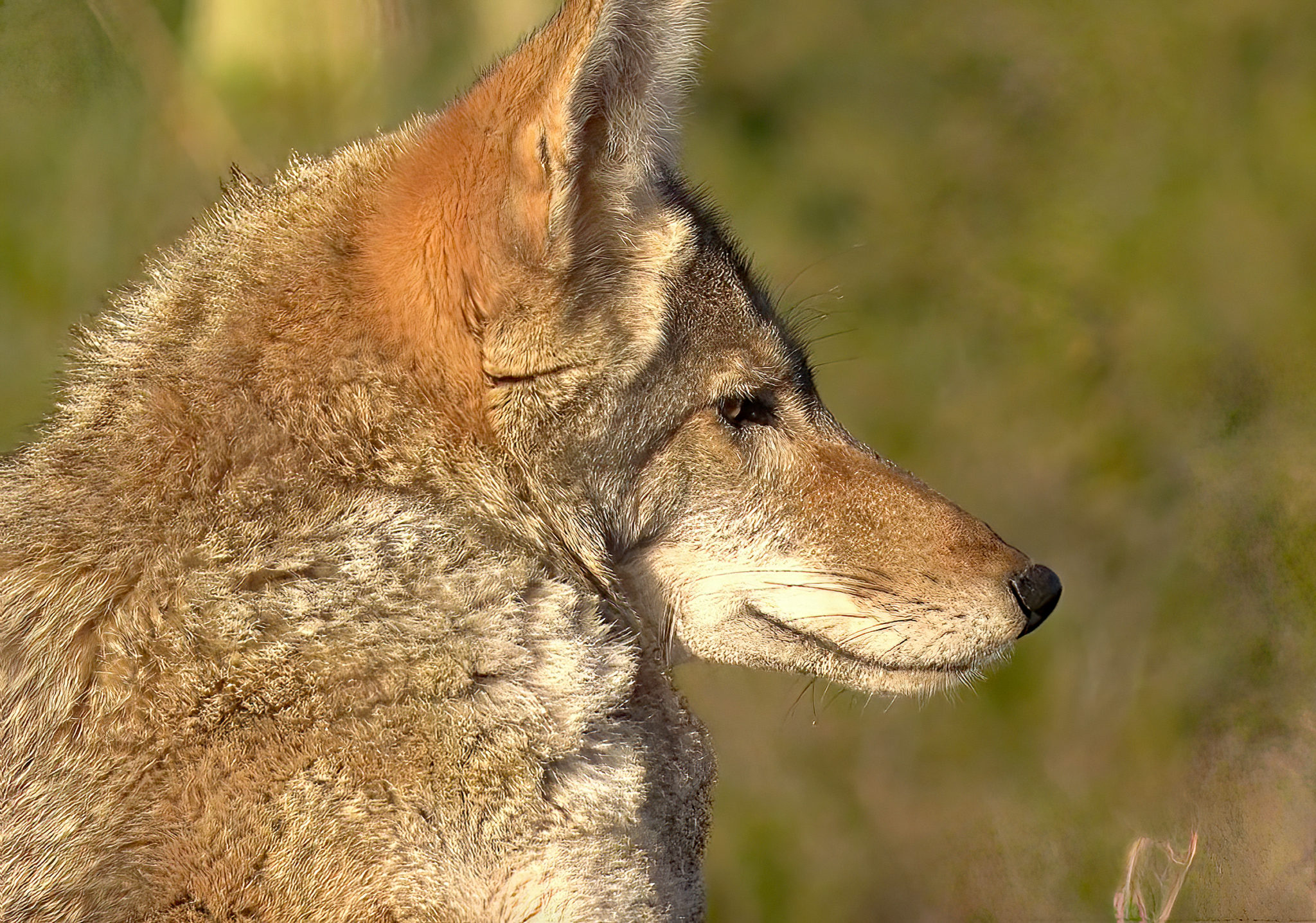Do Coyotes Get a Bad Rap? ‘American Bolshevik’ Documentary Looks at the Coyote’s Value to our Ecosystem

Alexandria, VA – The coyote is the new predator made out to be something you should fear. Coyotes are prowling around, looking for a toy poodle to eat or perhaps the family cat. This predatory animal is not easily stopped, so there’s no easy answer. Right?
Not so fast, says Julie Marron, a filmmaker in New England who just released a film about coyotes called American Bolshevik. After viewing this documentary, there may be a little more appreciation for the coyote.
“They’re wonderful creatures that keep the ecosystem balanced,” Marron said. “We should learn to appreciate them.”
American Bolshevik responds to the increasing conflicts between people and coyotes over the past decades as their territory has expanded throughout the United States. The film explores our history with this animal, the reasons for its expansion, and the evidence-based case for coexistence.
Throughout U.S. history, some native species were killed at an alarming rate before any wildlife preservation rules were in place. There are old pictures of wolf furs hung up to dry, herds of buffalo shot from bypassing trains, and grizzly bears killed for trophy skin rugs to cuddle up with in front of a roaring fire.
“The one animal that survived all this was the coyote,” said the film’s narrator. They survived and spread to Canada and New England, mated with larger wolves along the way, and became a species for some to fear.
Diane Prince is among the people interviewed who had a pet dog running around near their house until there was a commotion in the yard. “Never saw him again,” Prince said. It was a harsh lesson, but she’s more appreciative of the coyote since she looked into this animal.

Numi Mitchell is another figure in the lives of coyotes. In 2004 she did the “Narragansett Bay Coyote Study,” where she tracked an alpha male coyote named Clyde. Coyotes seem able to self-regulate their populations in relation to what is happening in their environment. According to the study, if there are too many coyotes competing for the available food, coyotes will drop their numbers to the level sustainable by those resources.
When the food supply becomes a source of contention amongst farmers, a sharpshooter is sometimes called in. In the film, it was Roland Belotti who hunted coyotes. But after listening to Numi Mitchell and reading the study, he stopped. In a way, this was a goal of the documentarians.
The film includes interviews with Dan Flores, the New York Times best-selling author of Coyote America, and Executive Director of Project Coyote Camilla Fox, a biologist and conservationist who conducted studies on the coyote in New England. Project Coyote was an 18-month campaign to stop the killing contests in this country. There are clips of coyotes being shot from helicopters or run over by snowmobiles. They said in 2021, 64,000 coyotes were killed in the U.S. by federal agencies.
Poisoning was another method used to kill coyotes. Of course, other species could ingest the poison, so its effectiveness was questioned. One of the heroes of coyotes was President Richard Nixon, who, in 1973, signed a proclamation to stop the poisoning of coyotes.
Other historical figures weren’t seen in a good light. Explorers Lewis and Clark called coyotes Prairie Wolf, and Mark Twain was not a fan.
The documentary’s name is a little deceiving, mainly if you haven’t dug around in early publications. It came from a quotation in a 1920 issue of Scientific American magazine: “Coyotes are the original Bolsheviks of America.” At that time, referring to someone as a Bolshevik tied them to the Russian revolution and communism. It was not a good label.
Coexistence is what filmmaker Marron would like to see. She said it takes a few steps to keep that intact, including keeping the pet dog on a leash, feeding pets indoors so no food is left outside, sealing trash cans, and not feeding wild animals. “We want to keep them eating their natural prey,” she said. That could be rats and mice, which need a natural predator.

Julie Marron is a seasoned filmmaker from New England. Other topics she’s explored on film include a 2015 documentary about breast cancer and another about “Deflategate,” a media-hyped event in the sports world involving Tom Brady and a football that was or wasn’t properly inflated. She chuckles when that topic comes up.
Marron’s team will soon work on a documentary about the decrease in fertility humans are experiencing and what relation that has to chemicals in foods these days. “It’s really frightening,” she said.
American Bolshevik is available on Showtime.
ICYMI: ‘Blue’: Poignant and Relevant Black Opera is a Must-See at the Kennedy Center



